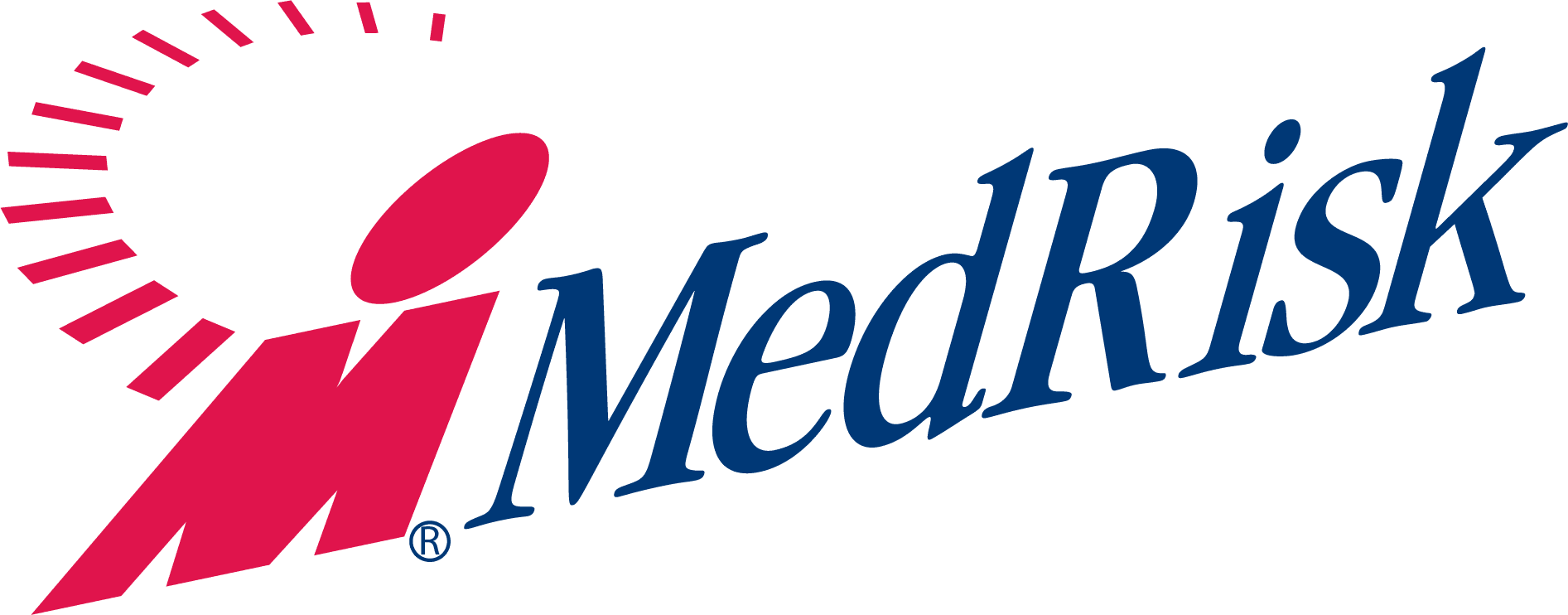Guideline-adherent physical therapy has been shown to reduce utilization and cost – but are standard guidelines enough to address the unique needs of each injured worker?
In 1994, at the time of MedRisk’s founding, there was a gap to be filled in managed care. Historically, there had been a heavy focus on unit cost, which was relevant in the case of hospitalizations and outpatient procedures. But in the workers’ comp industry, physical therapy, which carried a comparatively low unit cost, had fallen under the radar and become an overlooked driver of rising medical costs.
Carriers and TPAs had no way to effectively manage the utilization of physical therapy, occupational therapy or chiropractic services. Multiple visits and requests for continued treatment were uncontrolled, without clinical treatment guidelines in place and administrative resources to manage the process. Consequently, the quality of physical rehabilitation suffered and return-to-work results were less than optimal.
There had to be a better way – but to truly improve patient outcomes, it wouldn’t be as simple as enforcing visit caps to decrease costs. The industry turned to evidence-based treatment guidelines, and over recent years, various states have adopted treatment guidelines to help control visits. But is it enough? While the cost savings from early guideline-adherent physical therapy is substantial, individual patients have unique needs and personal circumstances that go beyond clinical diagnoses. To truly improve outcomes and the quality of care, the industry’s next step is to drill down and tailor rehabilitation to the needs of each injured worker, throughout the entire continuum of care.
MedRisk’s Platinum Grade Program for Physical Medicine Management takes an evidence-based, patient-centric approach to managing rehabilitation through the following programs.
Patient-Provider Matching
Individualized service begins at the time of referral when MedRisk’s patient advocates are tasked with finding an appropriate provider for a patient. Key performance indicators (KPIs) on provider outcomes by injury type, age, gender and patient satisfaction are captured and incorporated into MedRisk’s dynamic scheduling algorithms to match the patient with the best provider for his or her unique needs. By matching a patient with a provider who is not only nearby but also well-versed in the patient’s injury type with a proven track record of return to work, the patient is set up for success.
Patient Education
For workers injured on the job, it is often their first experience with the complex world of workers’ compensation – and it may even be their first experience with a serious injury. Studies show that patients who know what to expect before and after surgery are 23% more likely to follow post-surgical instructions (e.g., PT) with 31% fewer reported post-surgical problems. In addition, pre-operative physical therapy (education) has been shown to reduce postoperative care by up to 29%, saving on average more than $1,000 per patient [1]. By proactively scheduling post-operative physical therapy and educating patients on what to expect in advance of an initial evaluation or functional capacity evaluation, MedRisk helps set expectations and reduces fear and anger – two proven psychosocial barriers to recovery.
Evidence-Based Guidelines
There is no such thing as a one-size-fits-all rulebook for utilization. A healthy 25-year-old does not face the same challenges as a 60-year-old diabetic smoker when recovering from a knee injury. While a framework is needed to ensure consistency and quality, a degree of flexibility is also necessary to account for these variations.
MedRisk’s proprietary evidence-based guidelines are unique to physical medicine and go beyond simple recommendations for the appropriate one-size-fits-all number of visits. Developed over the course of five years, MedRisk guidelines address timing, choice and sequence of modality and take into account the chronicity, severity and complexity of the injury. Managed by the company’s International Scientific Advisory Board, the guidelines are continuously refreshed to incorporate new research in the field.
Conclusion
Over the course of the last 20 years, MedRisk has reduced managed physical medicine patients’ visits by 41 percent compared with unmanaged cases. This is a collective statistic, but it was not achieved by approaching the patient population as an indistinguishable group. Instead, improved patient outcomes have been affected one by one, at the individual level, throughout every step of recovery.



